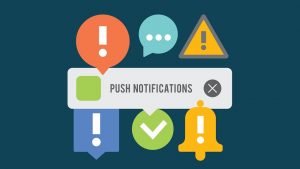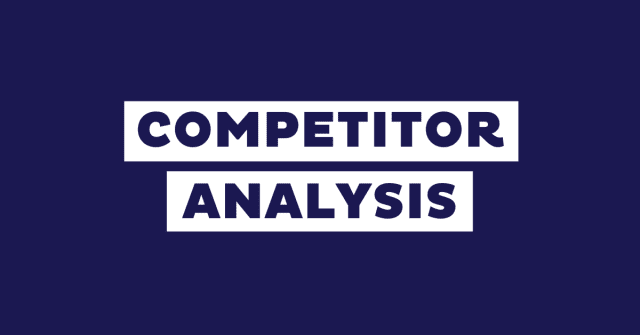In today’s dynamic business landscape, understanding customer behavior analysis is paramount for success.
Your ability to effectively analyze customer behavior and harness the power of customer behavior analytics can make a world of difference for your business.
In this comprehensive guide, we will explore the intricacies of customer behavior analysis, delve into real-world customer behavior analysis examples, and equip you with insights on consumer behavior analytics.
By the end, you’ll be well-prepared to navigate the world of customer behavior and master the art of shopper behavior analysis.
What is customer behavior analysis?
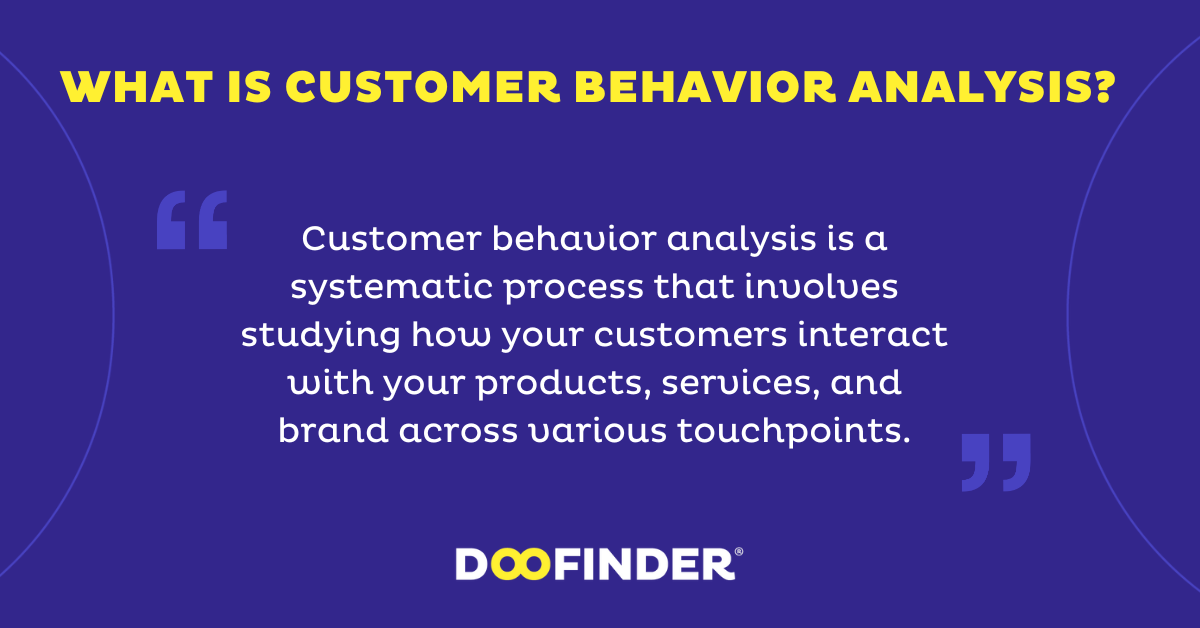
Customer behavior analysis is a systematic process that involves studying how your customers interact with your products, services, and brand across various touchpoints.
It encompasses the collection, evaluation, and interpretation of data to gain valuable insights into consumer behavior.
This practice goes beyond merely identifying your customers; it aims to understand the ‘why’ and ‘how’ behind their actions.
Why is consumer behavior analysis beneficial for business success?
Understanding customer behavior goes beyond just identifying who your customers are. Here are some key reasons why customer behavior analysis is crucial:
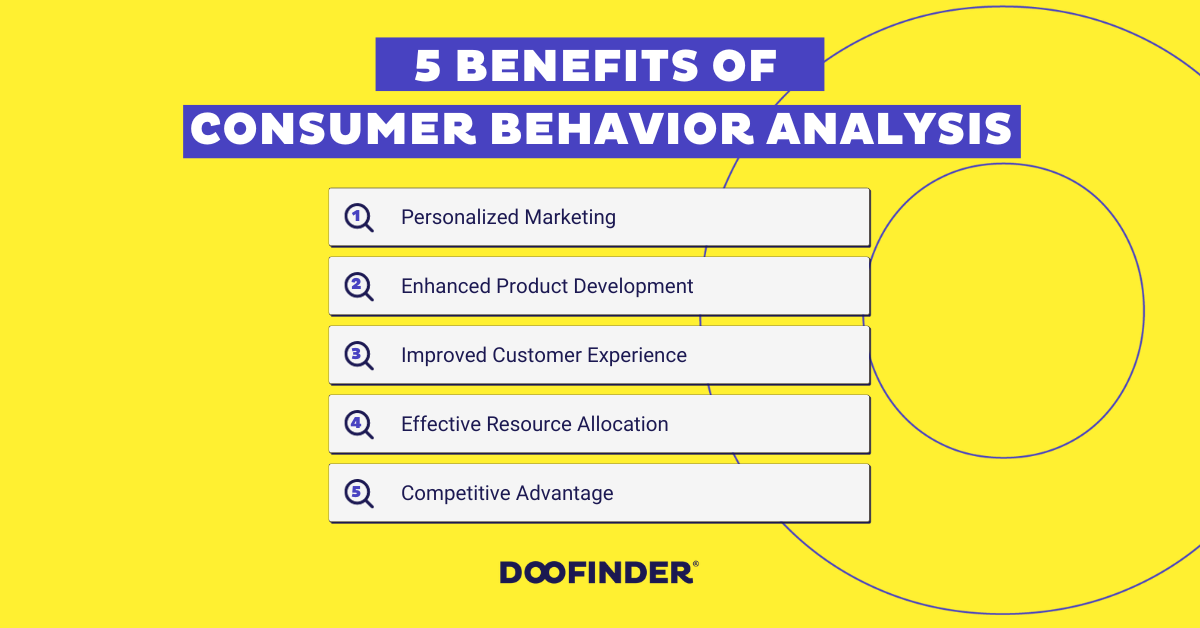
- Personalized Marketing: By analyzing customer behavior, businesses can create highly targeted marketing campaigns. When you know what products or content your customers prefer, you can deliver personalized product recommendations and offers, increasing the likelihood of conversion.
- Enhanced Product Development: By leveraging customer behavior analytics, you can refine your products and services. By identifying which features align with your audience’s preferences, you can make informed decisions to enhance and innovate.
- Improved Customer Experience: A deep understanding of customer behavior allows you to streamline the customer journey. You can identify pain points and friction in the buying process, making it smoother and more enjoyable for customers.
- Effective Resource Allocation: By knowing where and how customers engage with your brand, you can allocate resources more effectively. For instance, if most of your customers come through social media, you can prioritize social media marketing efforts.
- Competitive Advantage: Businesses that master consumer behavior analytics can stay ahead in the competition. They can swiftly adapt to changing market trends and shifting customer preferences, making them resilient in a dynamic market.
How to Conduct a Customer Behavior Analysis
Understanding your customers is more important than ever for business success.
Conducting a customer behavior analysis allows you to gain valuable insights into your target audience, helping you tailor your products, services, and marketing strategies effectively.
In this guide, we’ll walk you through the process of conducting a comprehensive customer behavior analysis in clear, actionable steps.
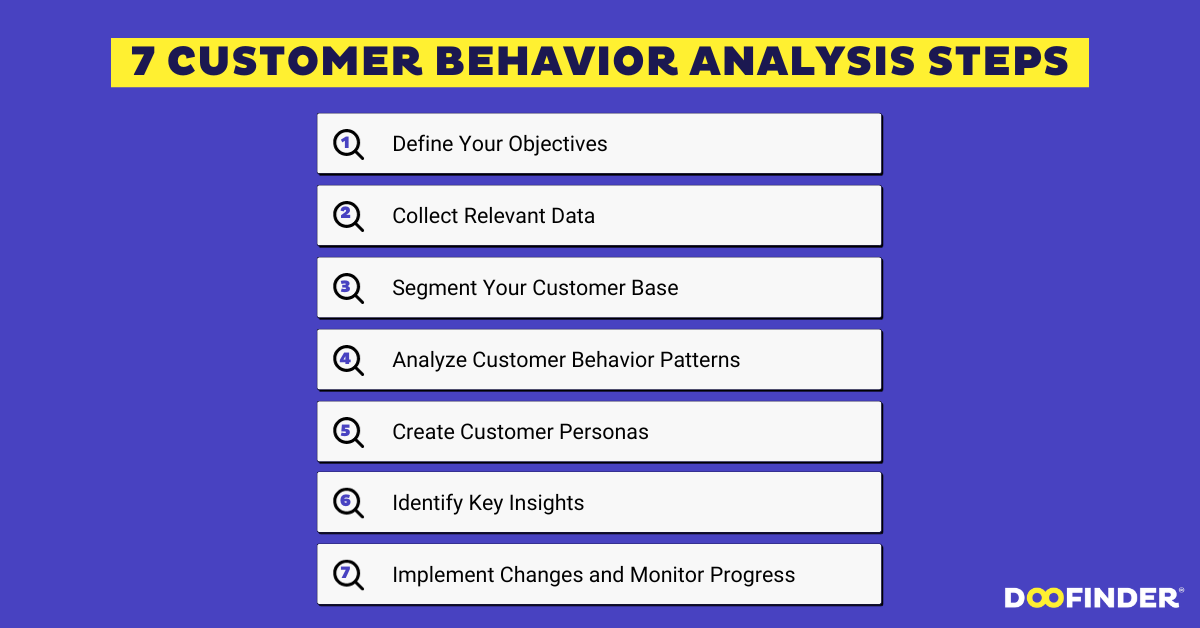
Step 1: Define Your Objectives
Before diving into customer behavior analysis, it’s crucial to determine your goals. What specific questions are you trying to answer? Are you looking to improve your product, enhance your marketing efforts, or optimize your customer experience? Define clear objectives, such as “Increase customer retention by 20%,” to guide your analysis.
✅ Example: Suppose you run an eCommerce store, and your objective is to reduce cart abandonment rates. Your defined objective could be: “Decrease cart abandonment rates by 15% within the next quarter.”
- Objective: Boost online sales.
- Specific Goal: Increase monthly online sales by 15% within the next quarter.
- Objective: Enhance customer satisfaction.
- Specific Goal: Achieve a customer satisfaction score (CSAT) of 90% within six months.
- Objective: Improve product usability.
- Specific Goal: Decrease the average number of product-related support tickets by 25% in the next year.
- Objective: Expand market reach.
- Specific Goal: Enter two new international markets within the next fiscal year.
- Objective: Optimize content engagement.
- Specific Goal: Increase average time spent on the website by 20% within six months.
Step 2: Collect Relevant Data
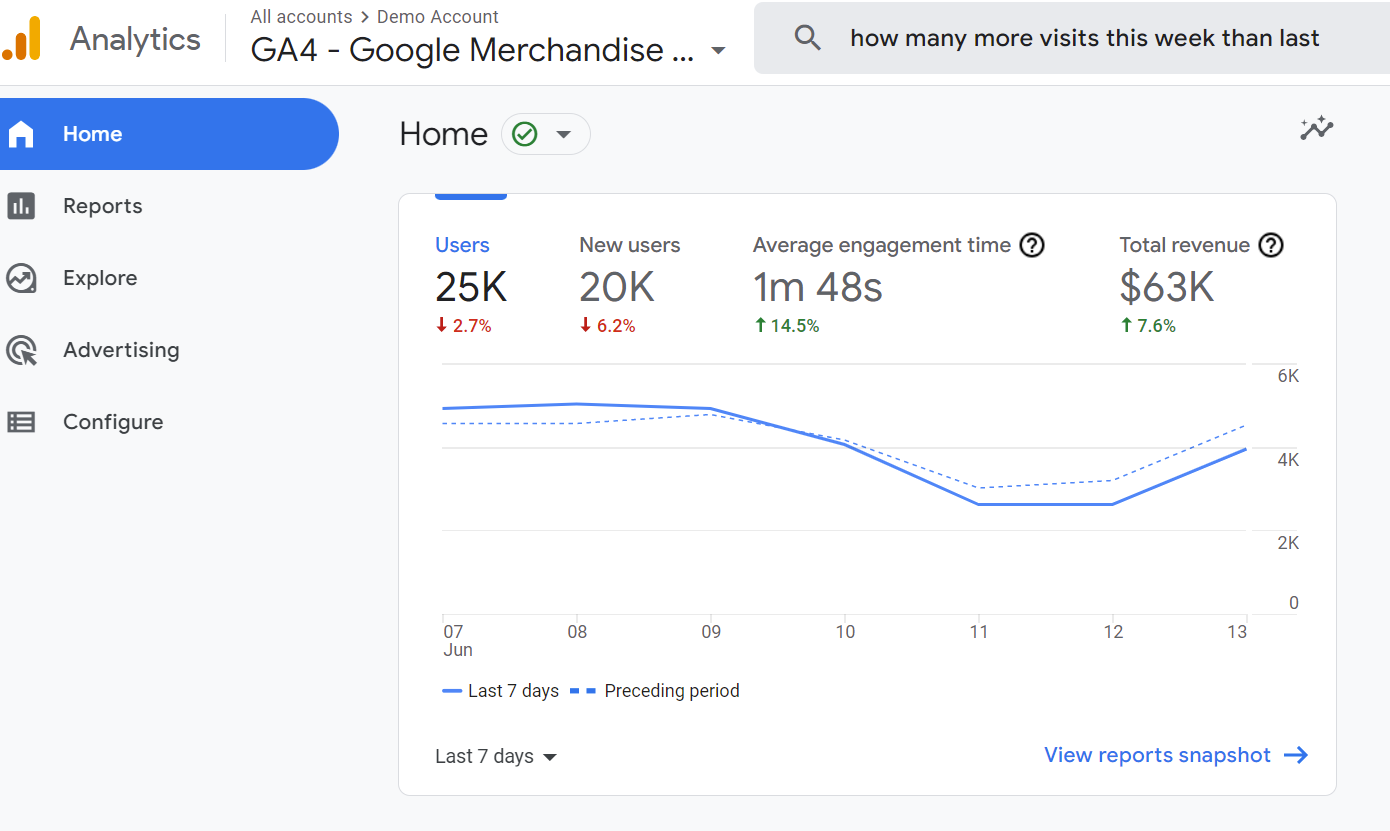
Gather data from various sources, including your website, social media platforms, customer satisfaction surveys, and purchase history. Ensure that the data you collect is relevant to your objectives. For instance, you might collect information on page views, click-through rates, demographics, and purchase history.
✅ Example: If you’re analyzing website behavior, you might collect data on the number of visits, time spent on each page, and the percentage of visitors who proceed to the checkout page.
- Collect data from Google Analytics, social media analytics, and customer surveys to understand website traffic, social engagement, and customer preferences.
- Utilize point-of-sale systems to gather purchase history data, including items purchased, purchase frequency, and transaction amounts.
- Implement customer feedback forms on your website to collect user opinions and preferences.
- Analyze email open rates and click-through rates to gauge the effectiveness of your email marketing campaigns.
- Monitor social media interactions, including likes, shares, and comments, to assess customer engagement.
Step 3: Segment Your Customer Base
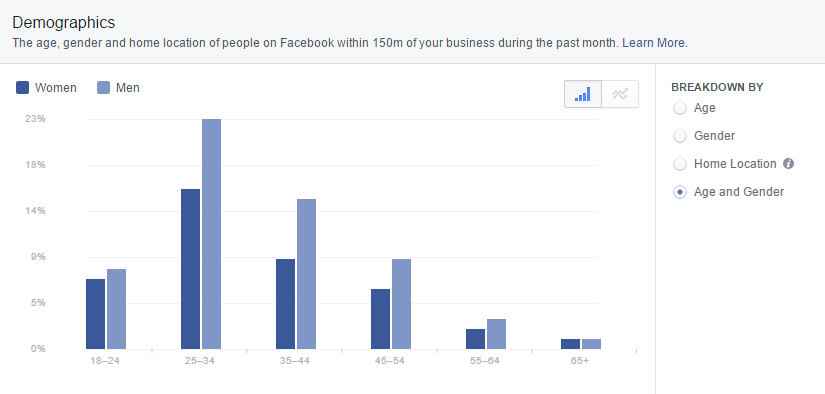
Divide your customer data into meaningful segments based on shared characteristics or behaviors. Common customer segmentation criteria include demographics, psychographics, purchase history, and engagement levels. This step is vital for tailoring your analysis to specific customer groups.
✅ Example: If you’re analyzing a group of loyal customers, segment them by demographics, such as age, gender, and location, to understand what drives their loyalty.
- Segment customers by age groups: under 25, 25-34, 35-44, 45-54, and 55+.
- Create segments based on geographic regions: local, national, and international customers.
- Segment by purchasing behavior: frequent buyers, occasional shoppers, one-time purchasers.
- Divide customers by product category preferences: electronics, clothing, accessories, etc.
- Segment based on the level of engagement with your loyalty program: active members, occasional participants, non-participants.
Step 4: Analyze Customer Behavior Patterns

Examine the data to identify patterns and trends within your customer segments. Look for commonalities in behavior, such as the products they purchase, the content they engage with, and the sales channels they prefer. This analysis helps you understand what drives their actions.
✅ Example: You notice that customers in the 25-34 age group tend to purchase higher-priced items from your online store compared to other age groups.
- Observe that customers aged 25-34 frequently purchase electronics and follow tech-related blog posts on your website.
- Notice that customers from the Western region tend to purchase winter clothing during the fall season.
- Identify that frequent buyers tend to purchase complementary products, such as phone cases when buying smartphones.
- Discover that customers who engage with video content on your website are more likely to make purchases.
- Find that active loyalty program members often refer friends to join the program and make collective purchases.
Step 5: Create Customer Personas
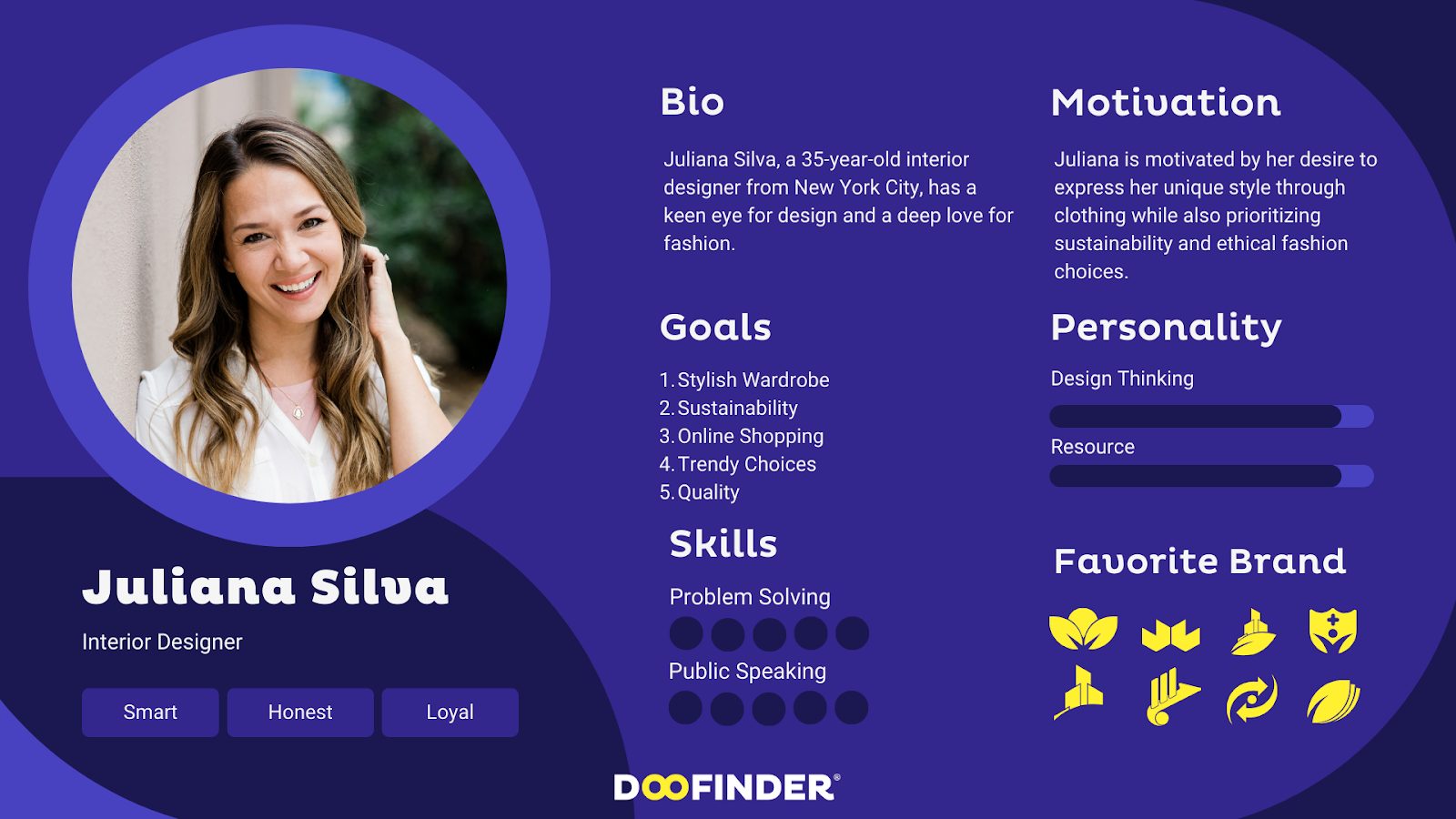
Develop detailed customer personas based on your segmentation and behavior analysis. These buyer personas represent typical customers within each segment and provide a human face to your data, making it easier to empathize with and cater to your audience.
✅ Example: You create a persona named “Tech-Savvy Tim” for your 25-34 age group, describing his preferences, needs, and pain points in detail.
- Develop “Tech-Savvy Tina” as a persona for customers aged 25-34, emphasizing her interest in the latest gadgets and technology.
- Create “Fashionable Fran” to represent customers who frequently buy clothing and accessories, highlighting her fashion-forward preferences.
- Formulate “Practical Paul” to embody budget-conscious buyers who prefer reliable and affordable products.
- Construct “Social Media Sam” for customers engaged on social platforms, showcasing their preference for visually appealing content.
- Craft “Loyal Larry” to depict active loyalty program members, emphasizing their enthusiasm for exclusive deals and rewards.
Step 6: Identify Key Insights
Identify key insights from your analysis that directly address your objectives. These insights should guide your decision-making process and inform strategies for improving customer engagement and satisfaction.
✅ Example: One key insight might be that “Tech-Savvy Tims” value online reviews and ratings, so incorporating user-generated content into your website could boost their confidence and decrease cart abandonment.
- Key Insight: “Tech-Savvy Tina values in-depth product reviews and specifications.”
- Key Insight: “Fashionable Fran is more likely to make a purchase when presented with limited-time promotions.”
- Key Insight: “Practical Paul appreciates detailed cost breakdowns and value comparisons.”
- Key Insight: “Social Media Sam is influenced by user-generated content and influencer endorsements.”
- Key Insight: “Loyal Larry values personalized loyalty rewards and early access to new products.”
Step 7: Implement Changes and Monitor Progress
Use the insights gained from your analysis to make informed changes to your products, services, or marketing strategies. Continuously monitor the impact of these changes and adjust your approach as needed to achieve your objectives.
✅ Example: You implement a product review feature on your website and observe a gradual decrease in cart abandonment rates among the “Tech-Savvy Tim” segment over a few months.
- Implement enhanced product review features and detailed specifications for products favored by “Tech-Savvy Tina.”
- Launch limited-time sales promotions and flash sales to attract “Fashionable Fran.”
- Offer clear cost breakdowns and comparison charts for products targeted at “Practical Paul.”
- Collaborate with influencers and encourage user-generated content for products that “Social Media Sam” prefers.
- Introduce personalized loyalty rewards and exclusive early access for “Loyal Larry” to boost loyalty program engagement.
By following these steps, you’ll be well-equipped to conduct a thorough customer behavior analysis that can transform your business and enhance your customer-centric strategies.
Understanding your customers on a deeper level empowers you to meet their needs effectively and stay ahead in a competitive market.
Shopper Behavior Analysis Tools
In today’s data-driven world, businesses have access to an array of powerful tools that can help them decipher customer behavior, preferences, and trends. These tools are essential for making informed decisions, tailoring marketing strategies, and optimizing the overall customer experience. Here, we’ll explore some of the top customer behavior analysis tools that can revolutionize the way you understand and engage with your audience.
1. Google Analytics:
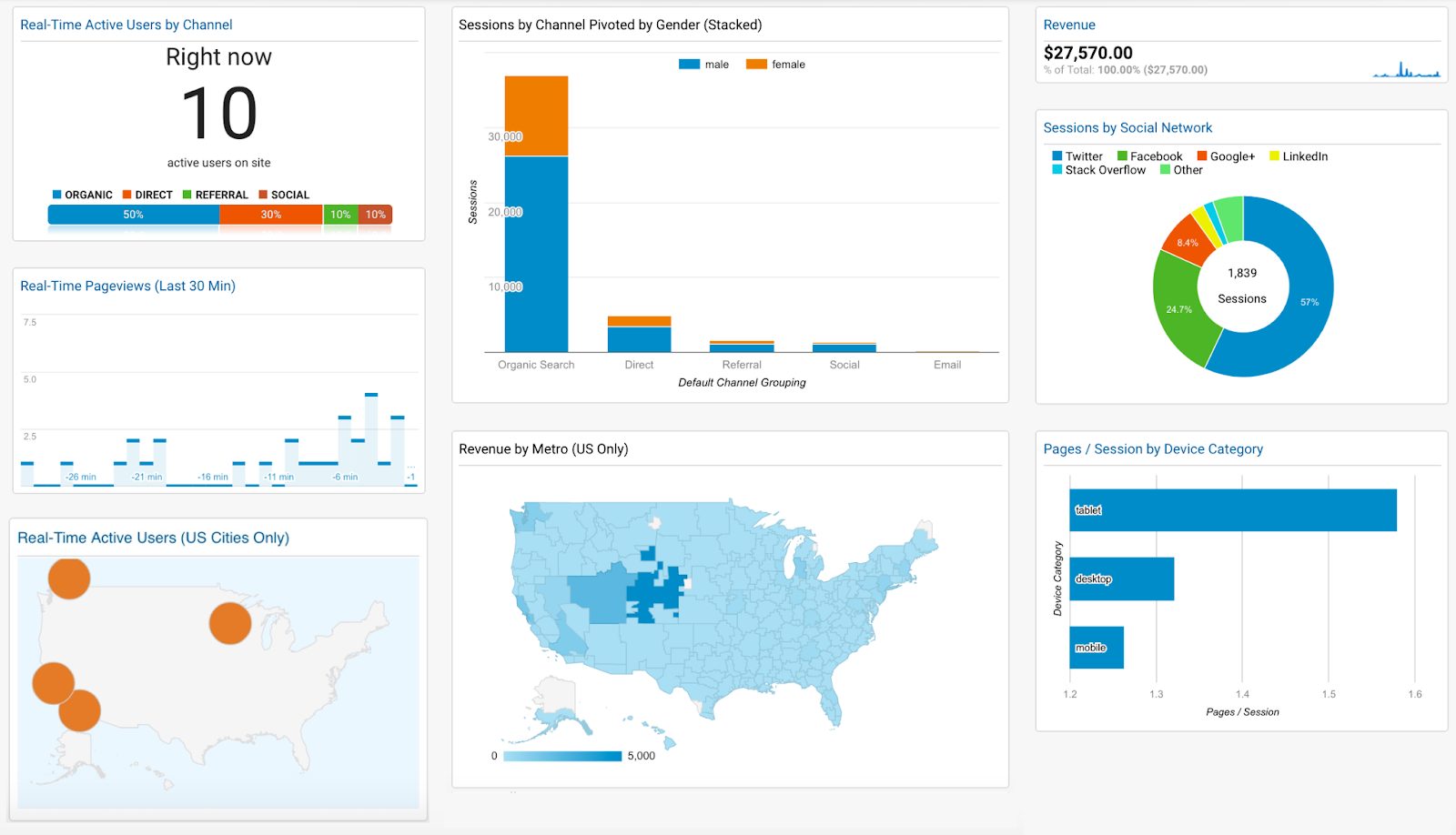
- Key Features: Provides detailed website traffic data, user demographics, and behavior tracking.
- Benefits: Allows you to understand how visitors interact with your website, track conversions, and measure the success of marketing campaigns.
- Example Use: Analyze page views, bounce rates, and conversion funnels to identify where users drop off in the purchasing process.
2. Hotjar:
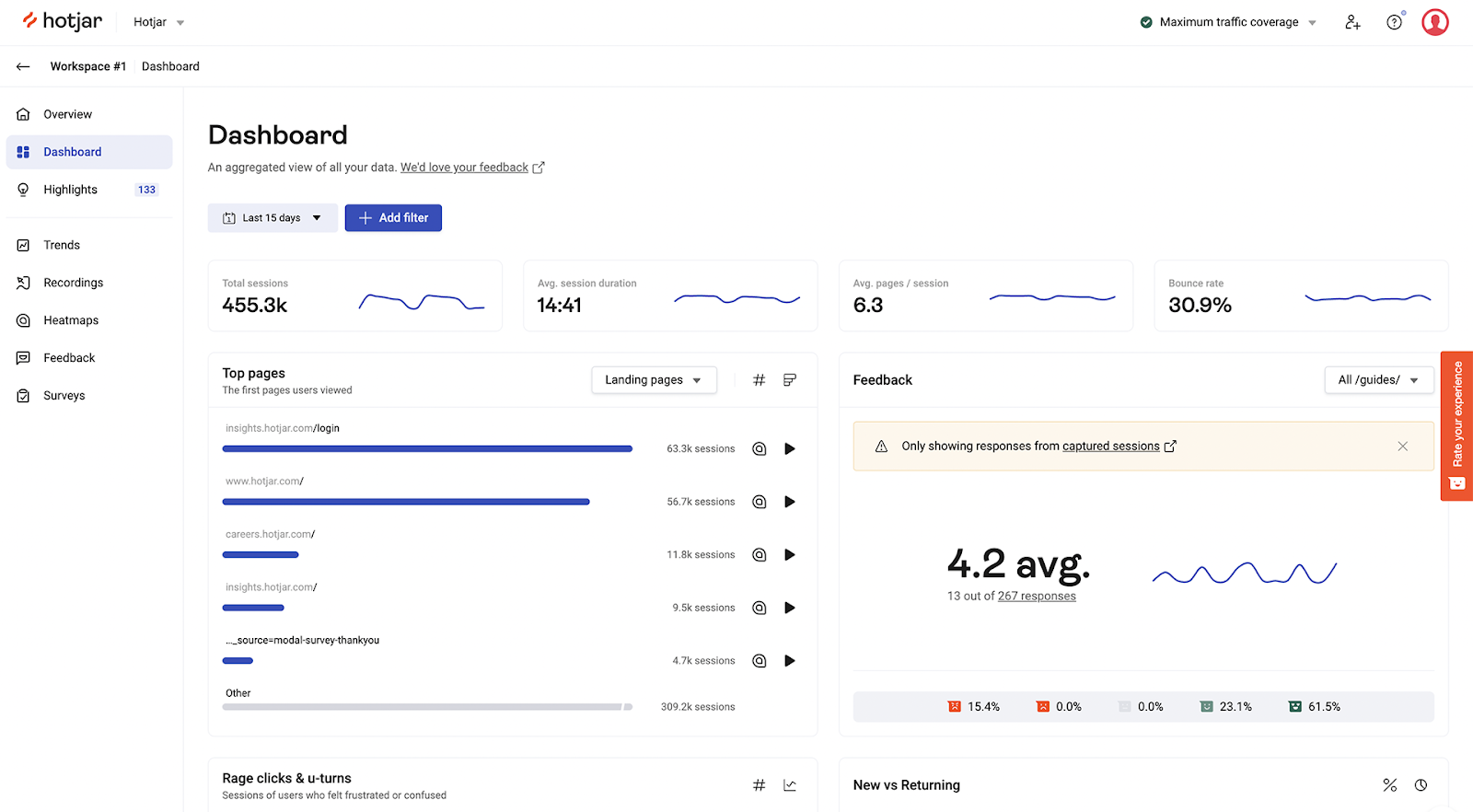
- Key Features: Offers heatmaps, session recordings, and user surveys.
- Benefits: Helps you visualize user interactions on your website and gather direct feedback through surveys.
- Example Use: Use heatmaps to see which parts of your webpages are getting the most attention and analyze session recordings to understand user navigation.
3. Mixpanel:
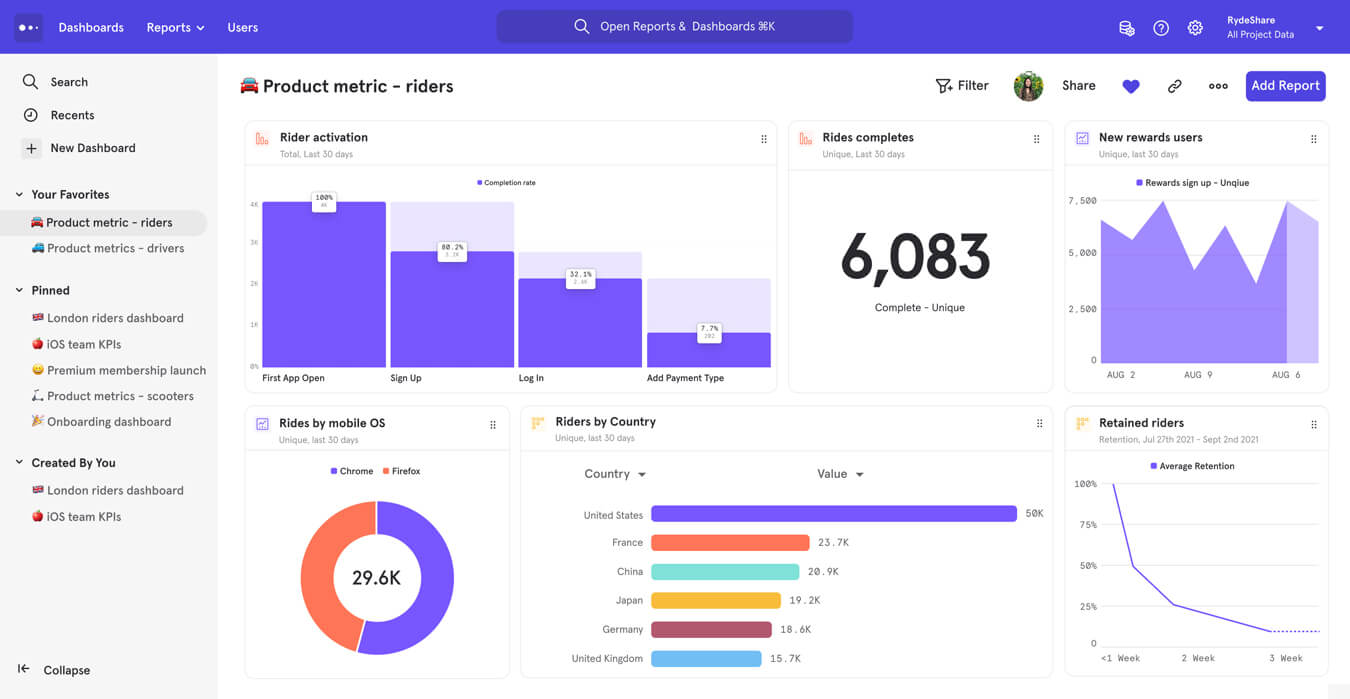
- Key Features: Focuses on tracking user interactions within your application or website.
- Benefits: Enables you to analyze in-app behaviors, set up funnels, and track user retention.
- Example Use: Track how often users complete specific actions within your mobile app and identify drop-off points in user onboarding.
4. Kissmetrics:

- Key Features: Offers behavioral analytics and customer journey mapping.
- Benefits: Allows you to trace individual customer journeys and understand the touchpoints that drive conversions.
- Example Use: Analyze the customer journey to see how users move from awareness to consideration and, ultimately, conversion.
5. Salesforce Customer 360:
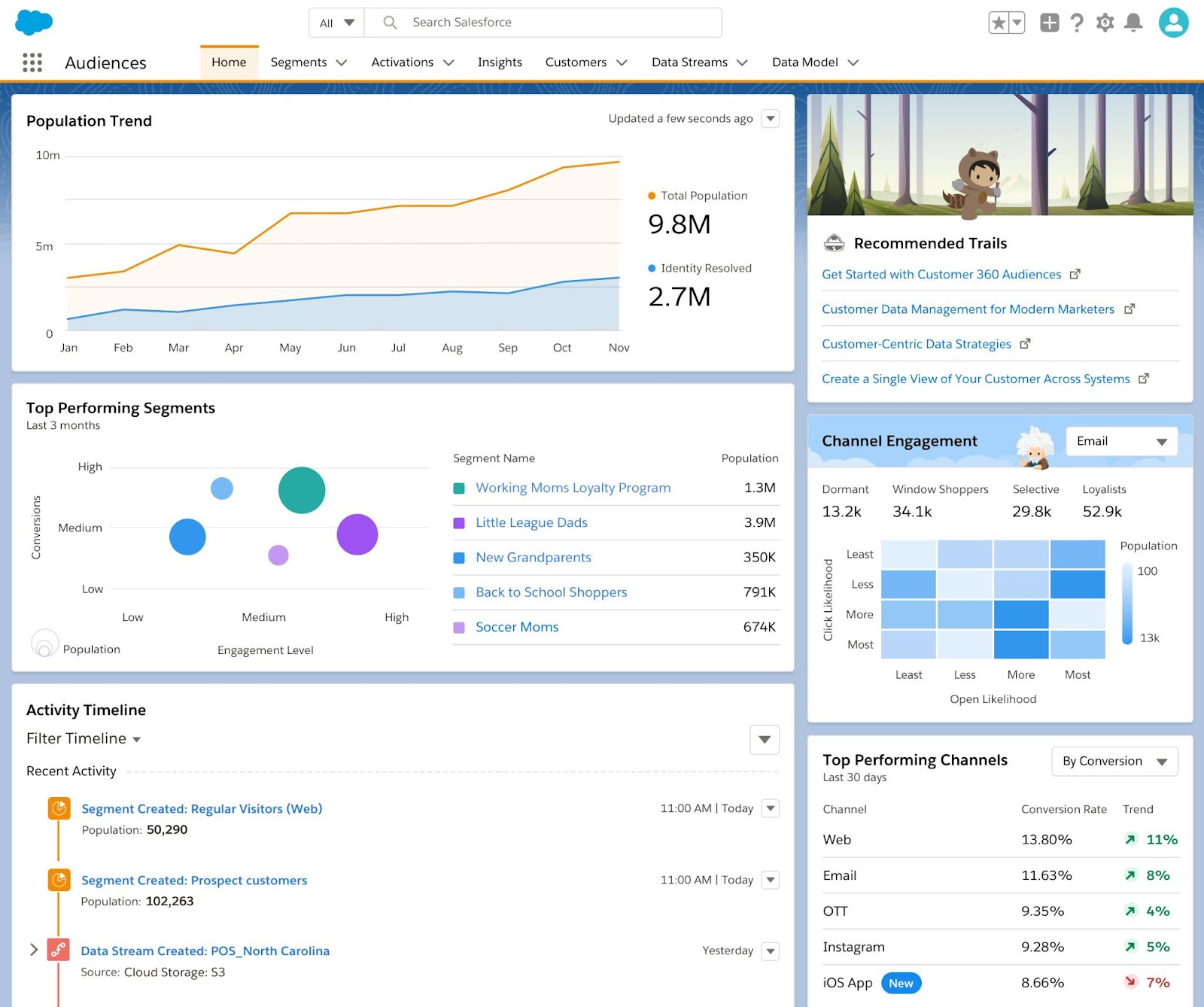
- Key Features: A comprehensive CRM platform that includes customer behavior tracking.
- Benefits: Integrates customer data from various touchpoints to create a unified customer profile.
- Example Use: Use the platform to track interactions across email, social media, and customer support to gain a holistic view of each customer.
These customer behavior analysis tools offer a diverse range of features and capabilities, making it possible for businesses of all sizes and industries to gain deeper insights into their customers.
Whether you’re tracking website interactions, analyzing user behavior in your app, or collecting customer feedback, these tools can help you unlock the power of data to better understand and serve your audience.
Unlocking Success with Consumer Behavior Analysis in 2023
As we draw our journey through the realm of customer behavior analysis to a close, it’s clear that understanding the intricacies of consumer behavior is more than just a strategic move—it’s the lifeline of your business.
In 2023, where markets evolve at a lightning pace, and customer expectations continually shift, mastering the art of analyzing consumer behavior is paramount.
By following the step-by-step guide provided here, you’re well-equipped to find the insights that will propel your business forward in this era of data-driven decisions.
Customer behavior analysis isn’t just a business tool; it’s the compass guiding you through the labyrinth of market dynamics.




